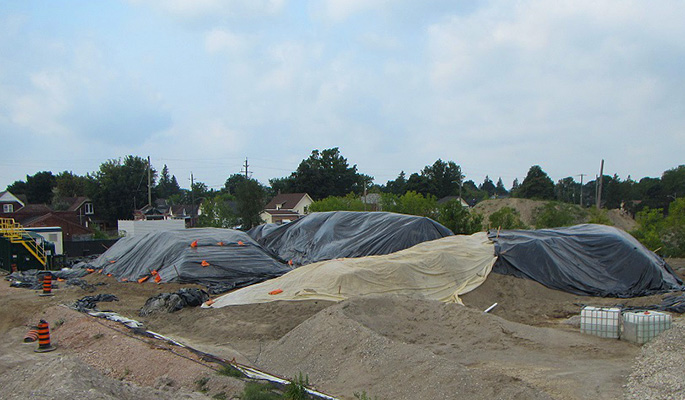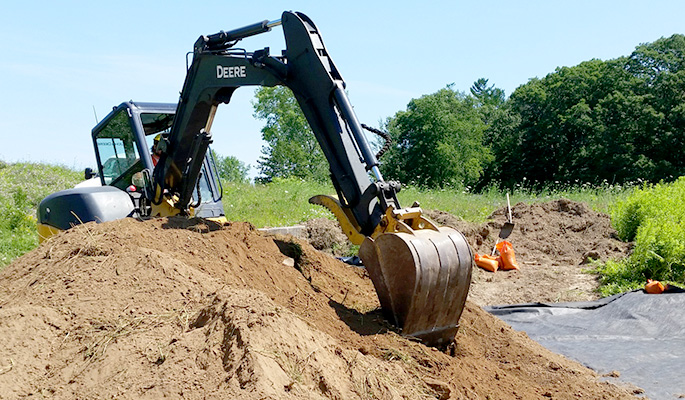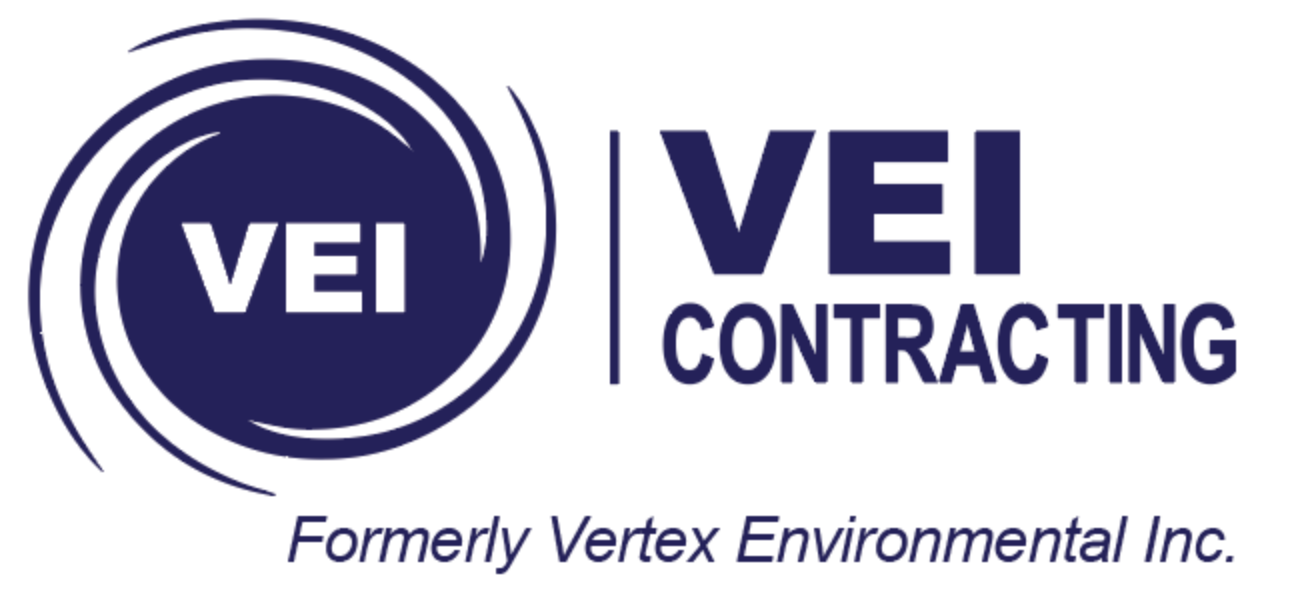Focus On Soil As A Resource Not A Waste

Illegal dumping of excess soil in Ontario has certainly received significant media attention in recent years. Improper management of soils can negatively impact ground or surface water quality, natural areas and agricultural lands. At the same time, disposing of excess soil in landfills can be wasteful (the soil is no longer available) and consumes highly valuable landfill volume. And of course, trucking excess soil from a construction or redevelopment site generates greenhouse gas emissions, along with all the risks and nuisances which truck traffic brings to a community.
To try and improve excess soil disposal the Ontario Ministry of the Environment and Climate Change (MOECC) and other ministries are developing new regulation. The regulatory proposal is expected to be finalized before the end of this year. However, with the new environmental regulations there is also a new set of rules, sampling requirements, reporting, management oversight, soil tracking, costs, and liabilities.
A key tenet of this new regulation is that excess soil should be treated as a resource, rather than a waste. To this end, the MOECC appears keen to promote innovation and soil treatment opportunities.
Compared to off-site disposal, treating contaminated soils on site can reduces costs, is a more sustainable approach, and will now offer the benefit of less regulatory red tape. As such, the reuse of soils on the source site is the preferred option. To support this initiative, the MOECC is developing tools for assessing site specific beneficial reuse of soils.
If soil is not reused on site, the new regulation will govern the movement of soil from sites that have excess soil to temporary storage sites or sites that have a need for soil fill.
Triggers
The MOECC, in conjunction with industry stakeholders, has developed a draft document titled the Excess Soil Management Framework (the “Framework”). According to the Framework, an Excess Soil Management Plan (ESMP) will be required if 1,000 m3 or more (about 100 truckloads) is being removed from a project area; or if excess soil is being removed from an area associated with a potentially contaminating activity (PCA). The receiving site will also need to develop a Fill Management Plan. There will be separate provisions for Temporary Soil Storage Sites and likely a need to provide Financial Assurance.
There will also be an Excess Soil Reuse Registry, which will require registration within 14 days and updates every 14 days thereafter when removing excess soil from a site. New excess soil characterization requirements are being developed and there will be a requirement to retain the services of a Qualified Person (QP) to verify each load of soil leaving a site.
Liability Shift
Currently, liability is transferred to landfill operators once they’ve accepted a waste (including excess soil). However, under the Framework the regulatory liability associated with the excess soil does not transfer from the source site proponent to the receiving site operator (if it is not a landfill). According to Carl Spensieri, Vice President, Environmental at Berkley Canada, this change “creates a new regulatory liability for source site proponents.”
The bottom line is that the requirements for property owners with regards to how they handle excess soils being shipped off site will become much more onerous. And the risks will be greater. Historically the focus of soil disposal had been on licensed receiving facilities. The spotlight is now being pointed at the source sites.
Managing Soils On-Site
In 2014, the MOECC released a guide titled “Management of Excess soil – A Guide for Best Management Practices” (BMP). This was a stepping stone to the creation of the Framework. The guide was designed to assist those managing excess soil, particularly when the excess soil may be impacted by contamination. For soil excavated during construction the BMP suggests evaluating several management options on a site by site basis. These include reuse of soils elsewhere on site, reuse at the excavation site, and treating or processing excavated soils to render them suitable for reuse on the site. The MOECC, in its document Excess Soil Regulatory Proposal notes:
“On-site soil processing is important to encourage on-site or local reuse of excavated soil. Soil excavated within a project area would be designated as a waste if it is to be, or has been, processed on-site in certain ways, and would cease to be designated as a waste if it is reused on-site after processing.”
The MOECC seems to be encouraging, as much as possible, the reuse of soils on the source site. If soil removal is being contemplated due to the existence of contamination, the source site stakeholders may wish to consider on site soil treatment options.
What Soils Can Be Treated?

With on-site treatment, bulk concentrations of most organic contaminants can be effectively reduced, and almost all leachable concentrations of metals can be lowered to acceptable levels.
Vertex routinely treats soils using both in-situ and ex-situ processes to target almost any type of soil contamination that might be encountered. We have successfully treated hundreds of sites containing soils contaminated with fuels and solvents. At many other project sites we have successfully treated soils impacted with pesticides, plasticizers, PCBs, PAHs, and leachable metals including lead, arsenic, and chromium.
From the Vertex Vault:
Before diving down into this new regulatory rabbit hole, plan to discuss soil treatment options with remediation experts. Taking this step could very likely save your development project significant red tape, liability, and costs.

